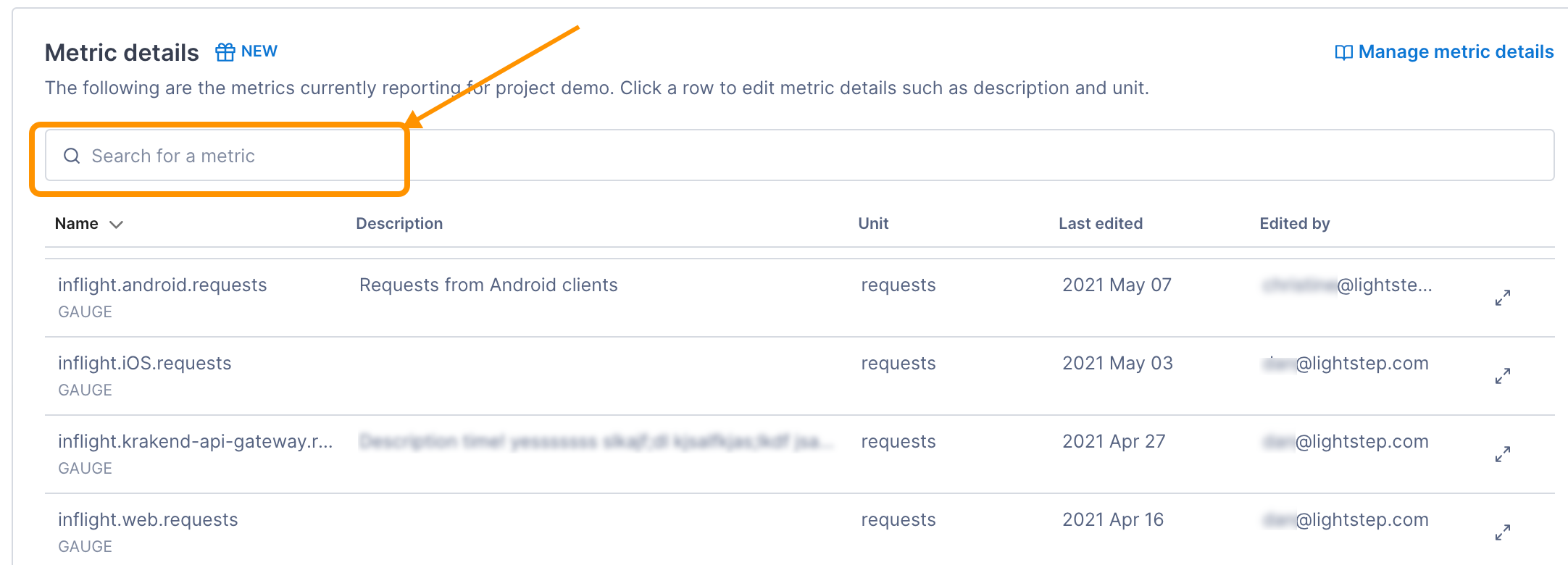Telegraf provides integration of MQTT topics through the MQTT Consumer input plugin. Telegraf collects the metrics from the messages on the topic, processes them, and sends them to Cloud Observability using the OpenTelemetry output plugin.
To complete the integration, you will:
- Configure Telegraf to ingest metrics from an MQTT topic
- Configure the OpenTelemetry output plugin
Configure the Telegraf MQTT input plugin
In the Telegraf configuration file, add configuration for the MQTT servers and topics. The data_format setting tells Telegraf how to translate the message bodies. There are additional settings available that are specific to the data format you use. You can find complete configuration details in the MQTT Consumer plugin documentation.
1
2
3
4
5
6
7
8
[[inputs.mqtt_consumer]]
servers = [
"tcp://broker:1883"
]
topics = [
"test/topic"
]
data_format = "json"
Configure the OpenTelemetry output plugin
To deliver metrics to Cloud Observability you configure the Telegraf OpenTelmetry output plugin. This plugin sends metrics to Cloud Observability using gRPC.
This example shows the plugin configured without TLS:
1
2
3
4
5
6
7
8
[[outputs.opentelemetry]]
service_address = "ingest.lightstep.com:443" # US data center
# service_address = "ingest.eu.lightstep.com:443" # EU data center
insecure_skip_verify = true
# Additional gRPC request metadata
[outputs.opentelemetry.headers]
lightstep-access-token = "$LS_ACCESS_TOKEN"
For more details regarding configuring the OpenTelemetry output plugin see the official Telegraf documentation.
Validate metrics are reporting to Cloud Observability
You can validate that metrics are reporting to Cloud Observability on the Metrics details page in Settings.
-
In Cloud Observability, click Settings > Metric details.
-
Search for MQTT metric names.

-
If needed, select the metric to edit the description and how the units are displayed in Cloud Observability.
View metrics in Cloud Observability
After you have Cloud Observability ingesting metrics from the MQTT Consumer endpoint, you can use the Cloud Observability Terraform Provider to create a dashboard for the metrics.
Additional resources
-
For a complete example that’s ready to run, see Telegraf MQTT input plugin in the Cloud Observability OpenTelemetry Examples.
-
You can learn more about configuring Telegraf from the official documentation.
See also
Updated Dec 1, 2022
